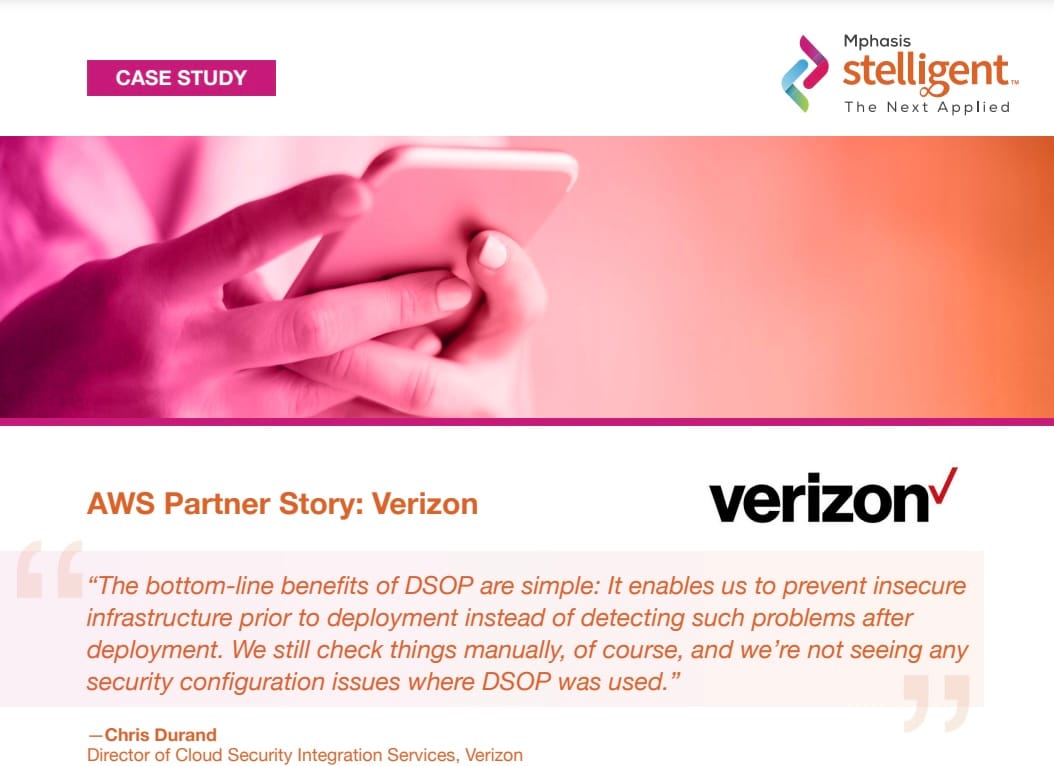Automate Your Case Studies: AI & AWS for Seamless Success Stories
Automate case study creation with AWS and AI: transform customer success stories.

When I co-founded and served as CTO of a business that helped organizations implement Continuous Delivery practices on AWS, detailed case studies were the lifeblood of our marketing and sales efforts. Back then, creating those success stories was an arduous, manual process. You had to labor through endless coordination with customer representatives, engagement managers, and delivery teams—all while navigating stringent legal approvals—to produce content that was absolutely critical to our success.
In 2017–18, we sold the business to a global IT consultancy, a pivotal moment that set me on a new path. Then, in 2021, I joined AWS, bringing my passion for innovation and operational excellence directly into the heart of the cloud ecosystem.
During those early years, one of my colleagues, Brian Jakovich—who worked alongside me at Stelligent—continued to push boundaries. After leaving the company in 2020 to join Vertical Relevance, Brian and his team began leveraging generative AI in 2023 to revolutionize case study creation. By recording case study conversations and automatically generating content from those recordings, he demonstrated a powerful new way to tell customer success stories.
Inspired by Brian’s forward-thinking approach, I’m excited to share with you an implementation built purely on AWS services. Based on his idea, you can transform your own process: instead of slogging through endless email threads, you can record a focused 30-minute call, transcribe it with Amazon Transcribe, and pass the transcript to an LLM (using Claude via Amazon Bedrock) to automatically generate a structured case study.
This isn’t just a technical hack—it’s a strategic approach aligned with the Validate phase of the AWS Partner Flywheel. As part of this continuous and iterative mechanism, Validation helps you refine and amplify your business impact by transforming traditionally cumbersome workflows into fast, efficient, and scalable solutions.
How the Workflow Unfolds
- Audio Upload & Transcription:
- Use Amazon S3 to store your audio recording.
- Use Amazon Transcribe to convert the recorded speech into text.
- Case Study Generation: Leverage AI to generate narrative content that follows a proven structure:
- Challenge
- Solution
- Results
- Customer Quotes
- Architecture Diagrams
- Multi-Format Output: Convert the generated narrative into various formats (e.g., web page, PDF, etc.) to ensure broad dissemination.
Cost Considerations
For a 30-minute recording, the estimated costs are:
- Amazon Transcribe: approximately $0.72
- Amazon Bedrock (Claude 2.1): approximately $0.35
- Amazon S3: less than $0.01
Total: Approximately $1.10–$1.45 per recording.
This cost-effective solution not only saves you time but also delivers consistent, high-quality content that truly resonates with your customers. Moreover, if you're looking to further reduce expenses, consider exploring open source alternatives such as OpenAI Whisper for speech-to-text transcription and Coqui TTS for text-to-speech conversion. These robust tools offer flexibility and performance, allowing you to tailor your workflow to your unique needs while keeping costs in check.
Prompt & Response Excerpts
Below are excerpts from the original generation process that helped shape this narrative:
Case Study Structure Analysis
Prompt for GPT Analysis (Truncated):
"Analyze the case studies from the following links and identify the common archetypes and structural formats used in their presentation. Specifically: Archetype Identification: Categorize the case studies based on recurring patterns, such as transformation stories, technical deep dives, or business impact narratives. Structural Breakdown: Outline the typical sections included (e.g., challenge, solution, results, customer quotes, architecture diagrams)."
GPT Response (Truncated):
"Transformation Stories: Focus on business transformation through AWS adoption.Technical Deep Dives: Provide detailed insights into architectures and implementations.Business Impact Narratives: Emphasize measurable outcomes like cost savings and performance improvements."
Stakeholder Interview Questions
Prompt for GPT (Truncated):
"Develop a list of structured questions for recorded sessions with key project stakeholders—such as engagement managers, consultants, and engineers—aiming to extract actionable insights that facilitate the automated generation of compelling customer case studies. [Followed by the earlier detailed response]"
GPT Response (Truncated):
What industry does the customer operate in? What specific challenge did they face? Which AWS services were pivotal in the solution? What measurable improvements were achieved?
These exchanges were instrumental in designing a workflow that is both practical and scalable. NOTE: You can find the detailed prompts in the Resources section of this post.
Code Example
Here’s a streamlined Python script that automates the core workflow—uploading an audio file to Amazon S3, transcribing it, generating a case study, and saving it as a PDF. This example uses Anthropic’s Claude via Amazon Bedrock, but with minimal changes, you can swap in any other LLM that Bedrock supports. If you want to take it a step further, you can integrate Amazon Polly to convert the generated text into speech.
import boto3
import time
from fpdf import FPDF
def upload_audio_to_s3(file_path, bucket, key):
s3 = boto3.client("s3")
s3.upload_file(file_path, bucket, key)
return f"s3://{bucket}/{key}"
def start_transcription_job(s3_uri):
# Simulate transcription delay and output
time.sleep(2)
return "This is a simulated transcript of the audio."
def generate_case_study(transcript):
# Simulate case study generation from transcript
return f"Case Study:\n\nBased on transcript: {transcript}"
def save_as_pdf(text, output_file="case_study.pdf"):
pdf = FPDF()
pdf.add_page()
pdf.set_font("Arial", size=12)
for line in text.splitlines():
pdf.cell(200, 10, txt=line, ln=True)
pdf.output(output_file)
def main():
s3_uri = upload_audio_to_s3("audio.mp3", "my-bucket", "audio.mp3")
transcript = start_transcription_job(s3_uri)
case_study = generate_case_study(transcript)
save_as_pdf(case_study)
print("Case study generated and saved as PDF.")
if __name__ == "__main__":
main()The code generates a case study in the following format:

This is a basic example without extensive formatting or customization, but the core idea matters—you can go from a conversation to a structured case study with minimal effort. The potential to streamline and scale this process is huge.
For even greater impact, integrate Amazon Bedrock Knowledge Bases with Retrieval-Augmented Generation (RAG) to dynamically pull insights from past case studies, technical documentation, and customer interactions. This enriches each case study with historical context, best practices, and industry-specific nuances, improving accuracy, relevance, and consistency. A continuously evolving knowledge base ensures your AI-generated case studies become smarter over time—reinforcing the Validate phase of the AWS Partner Flywheel by refining and optimizing customer success narratives at scale.
Automating case study creation with AWS and AI eliminates traditional inefficiencies, letting you focus on what truly matters—driving business growth. True innovation isn’t just about adopting new technology; it’s about using it to solve real problems in smarter ways. Take these ideas, adapt them to your needs, and accelerate your success on AWS.
Happy building!
Resources
- AWS and Stelligent Case Studies: Here, Here, and Here.
- Python script to automate structured case study generation—requires predefined environment variables and AWS resources to function.
- LLM Prompts for Case Study Architecture: prompt 1, prompt 2, prompt 3, prompt 4
- Vertical Relevance - Case studies can be found on their website.
